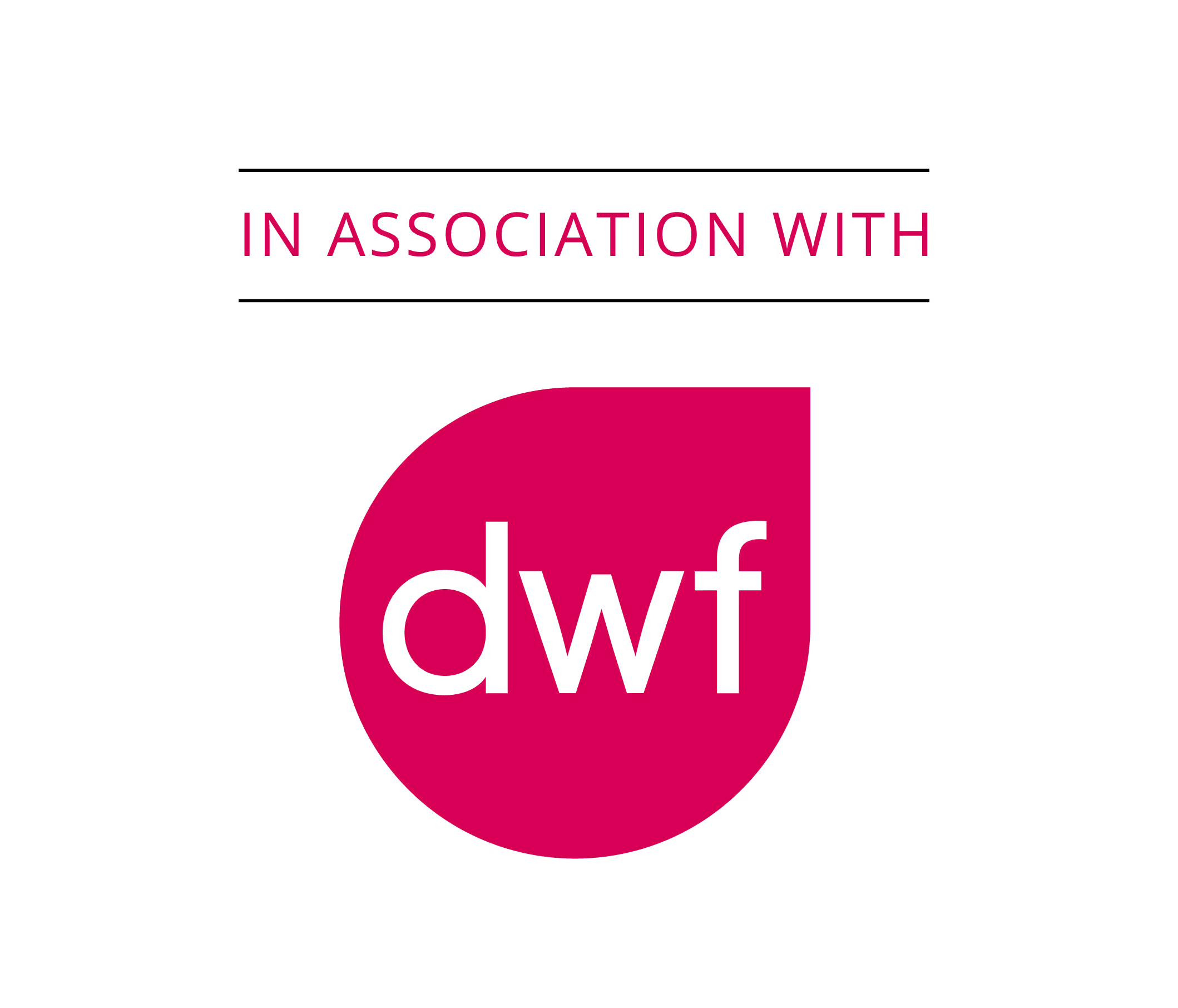Biodiversity offsetting is a conservation strategy that aims to compensate for the negative impacts of development projects on biodiversity by creating or restoring ecosystems elsewhere. It involves calculating the ecological value of an area that will be disturbed or destroyed due to human activities, such as construction, mining, or infrastructure development, and then creating or enhancing similar habitats in other locations to counterbalance the loss.
In a landmark move for environmental conservation, the Minister of Forestry, Fisheries, and the Environment has officially released the National Biodiversity Offset Guideline (BOG) on 23 June 2023. This guideline is poised to revolutionize the way we approach development projects that have the potential to impact our precious biodiversity. While it directly pertains to applications for environmental authorizations, its reach extends further into decisions that affect the balance of biodiversity.
Mandated by the National Environmental Management Act (NEMA) 1998, the BOG is an important step forward in harmonizing development and environmental protection. While primarily aimed at environmental permitting applications, it is also relevant to other decision-making bodies. These encompass an array of scenarios, such as NEMA section 24G Environmental Authorisation (EA) applications, water use license applications, protected tree license applications, waste management license applications, and land use management approvals.
South Africa is home to diverse ecosystems, but these ecosystems are all affected by erosion and degradation. In response, the BOG advocates a mitigation hierarchy approach, emphasizing that biodiversity offsets should only be considered as a final consideration. These measures should be used when residual negative impacts of medium or high importance to biodiversity persist even after all efforts to prevent, minimize and remediate.
Moreover, the BOG firmly establishes that biodiversity offsets are not a fitting solution for situations where NEMA-listed activities yield residual impacts of exceptionally high significance. This stance is particularly pertinent when the resulting negative impacts could lead to the irreversible loss of biodiversity, rendering such developments unsustainable.
Going forward, any new environmental permit application must explicitly refer to the BOG and the BOG's applicability to the application. In addition, a thorough assessment must be carried out to assess whether the proposed development still has negative impacts on biodiversity and whether compensation is required. This core responsibility falls on the shoulders of the Environmental Assessment Practitioner (EAP).
When the need for an offset is established, a comprehensive Biodiversity Offset Report must be crafted by experts and be submitted as part of the environmental impact assessment reports submitted in support of the EA application. The report must adhere to the minimum requirements set out in the BOG. EA applicants are also encouraged to engage closely with conservation authorities and other relevant state entities to determine offset requirements, pinpoint suitable offset sites, and develop offset proposals for consideration.
To cement the efforts in promoting transparency and accountability, the BOG proposes the establishment of a National Biodiversity Offset Register. This electronic register, maintained by the Department of Forestry, Fisheries, and the Environment, will document biodiversity offset sites across South Africa. Notably, a public-facing spatial layer will be available online, ensuring the accessibility of information regarding existing biodiversity offset sites.
The release of the National Biodiversity Offset Guidelines marks a critical moment to achieve a harmonious balance between natural environment development and protection. BOG's focus on careful assessment, comprehensive reporting and diligent monitoring lays the foundation for a more sustainable future where development coexists with rich biodiversity.
Source: https://www.dffe.gov.za/mediarelease/nationalbiodiversityoffsetguideline_published
Contact us at info@thomsonwilks.co.za for all your environmental law related needs.




